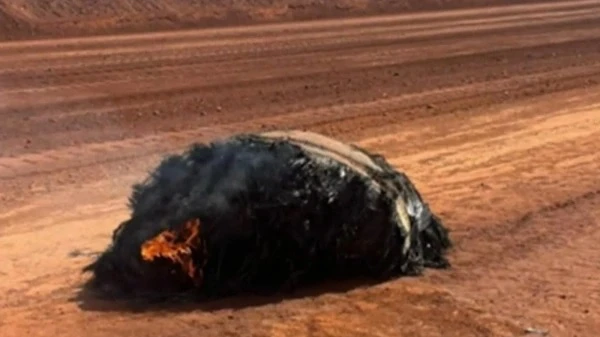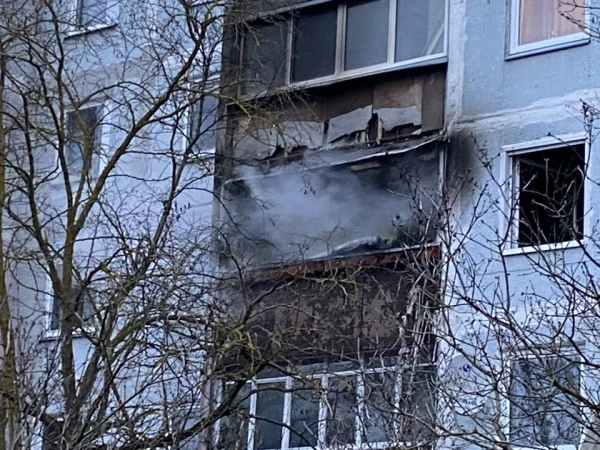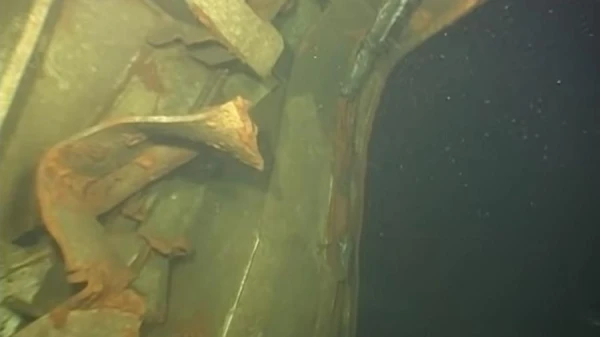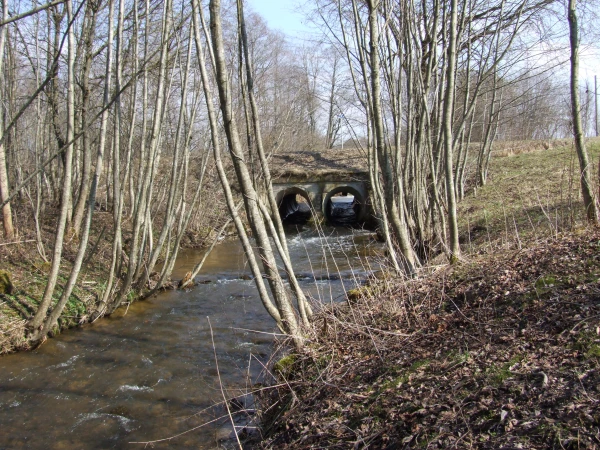
According to specialists, in the entire history of its falls, only one person has been injured.
A burning piece of space debris fell near a mine in the Pilbara region of northwestern Australia.
"It is most likely a high-pressure vessel made of carbon fiber with a composite shell or a rocket tank, which is a component of aerospace technology," said a local police representative.
The object is under guard and poses no threat to the public, police representatives added. The item is still being studied, but it is already clear that its characteristics match known samples of space debris.
Engineers from the Australian Space Agency intend to conduct a technical examination to determine the exact origin of the find. The agency noted that incidents of rocket and satellite debris falling are not uncommon. Two years ago, a similar case was recorded in Western Australia when a fuel tank from an Indian rocket fell in the Green Head area.
According to specialists, in the entire history of space debris falls, only one person has been injured, and at that time the fragment was the size of a soda can.
In early 2025, space debris weighing 498 kg fell on a village in Kenya. Experts suggested that the unusual object was a separation element of a launch vehicle. Representatives of the Kenyan Space Agency explained that such objects usually burn up upon entering the atmosphere or fall into the ocean. However, this time the ring not only did not disintegrate but also landed on land, which greatly frightened the local residents.
One eyewitness to the incident, named Joseph Mutua, reported that he heard a loud noise and saw an object glowing red as it fell. After landing, the ring cooled and turned gray. Locals said that if the ring had fallen on a residential house, the incident could have ended in disaster.
The problem of space debris is becoming increasingly acute. Previously, the European Space Agency (ESA) estimated that there are over 14,000 tons of various objects in low Earth orbit, most of which are space debris. Similar incidents have already occurred in the USA and Canada, where rocket debris damaged buildings and landed on farms. International experts are calling for stricter measures to reduce space debris. They propose developing rockets with a limited lifespan and safe deorbiting.
How Much Space Debris is in Orbit
Today, there is so much space debris that scientists fear the so-called Kessler syndrome. This is a scenario in which one collision triggers a chain reaction, resulting in more and more debris being created. In the worst-case scenario, Earth's orbit could eventually become uninhabitable for satellites.
In low Earth orbit (up to 2,000 km), where communication satellites operate and space stations are located, space debris naturally disintegrates — this takes decades. However, at higher orbits, debris can remain for centuries.
Scientists estimate that there are currently nearly 128 million pieces of space debris larger than 1 mm and 34,000 particles larger than 10 cm in space. Anything smaller than 1 mm is extremely difficult to count, with some scientists estimating trillions of such particles. About 3,000 satellites have malfunctioned due to debris and have themselves turned into space debris.
<iframe width="560" height="315" src="https://www.youtube.com/embed/Pf4W7Rm-HMA?si=p4pms95HFcsCtVSf" title="YouTube video player" frameborder="0" allow="accelerometer; autoplay; clipboard-write; encrypted-media; gyroscope; picture-in-picture; web-share" referrerpolicy="strict-origin-when-cross-origin" allowfullscreen></iframe>











